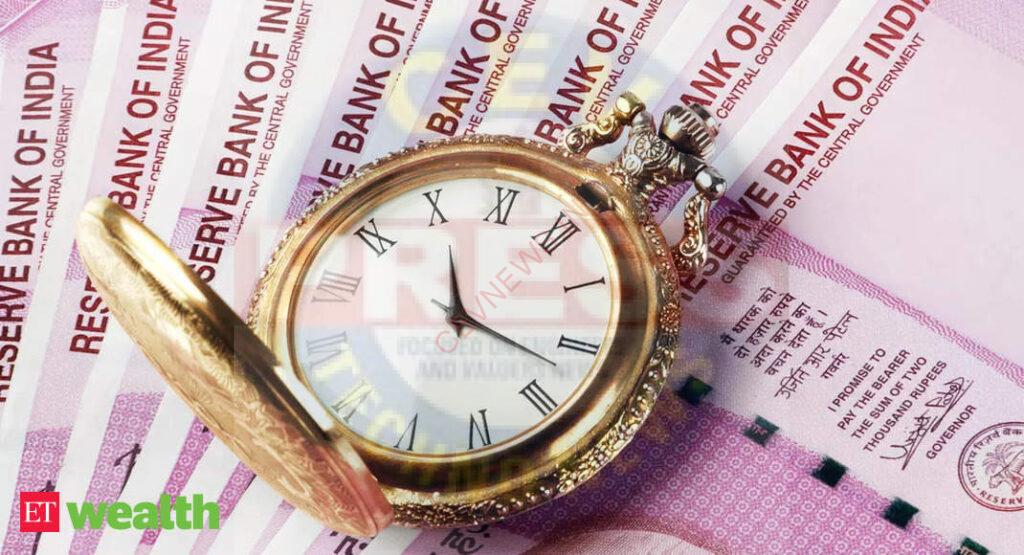The worst phase of credit defaults in the history of debt mutual funds in India started in September 2018. A quasi-PSU, rated AAA, went down from AAA to D in a span of less than two months. Since then, throughout 2019 and in the early part of 2020, there were multiple defaults. In the debt mutual funds space, the category to be hit the hardest was obviously credit risk funds, as they had the highest exposure to instruments rated less than AAA. Now that it has been three years since, it is worth taking a look back on the impact of the multiple defaults.
Rather than intellectualizing and philosophising on the impact, let us take a simple, practical approach. The performance of this category of funds, three years till date, will show us the net impact.
 ET Online
ET OnlineThe conventional approach is to take the average of the category. Net of all the defaults in the portfolio of funds in this peer set, the average annualized return in the three years till 9 September 2021 is 1.82% in Regular Option and 2.64% in Direct Option. Not very encouraging, one would say, as investors got sub-optimal returns. However, to be kept in mind, this includes the worst phase of defaults in history.
Now let us take another perspective. The larger funds in the category have fared better and the funds that have been worst hit are relatively smaller. That is, the impact on investors from a macro perspective is not as bad as it seems from the simple average. Taking the corpus size as the weightage, the weighted average over the three years till 9 September 2021 is 7.66% in Regular Option and 8.38% in Direct Option. There is a remarkable difference between the simple and weighted average. Had the larger funds that have done better faced higher defaults and had the smaller ones that have suffered more done better, the overall impact on investors would have been that much worse.
To take some specific cases, HDFC Credit Risk Debt Fund with a corpus size of more than Rs 8,000 crore, has delivered 9.28% and 9.81% returns. ICICI Prudential Credit Risk Fund with a corpus size of nearly Rs 8,000 crore, has delivered 8.82% and 9.56% returns. These two funds are the major contributors to pull the average up from 1.82% / 2.64% to 7.66% / 8.38%. On the other hand, the worst hit, BOI AXA Credit Risk Fund with returns of -31.98% and -31.8%, has a corpus size of less than Rs 100 crore. To that extent, the impact on investors has been limited.
If you have to take a view on Credit Risk funds, you should look at:
- Portfolio YTM: a higher YTM has an inherent attraction. However, if the YTM is significantly higher than the peer group, it means a relatively higher level of credit risk.
- Credit rating distribution of the portfolio: composition in terms of AAA, AA, A, etc. Obviously, the higher the rating, the better.
- Portfolio concentration: the more concentrated the portfolio is, the worse. After IL&FS and DHFL, we know even a AAA entity can default. Though SEBI limit is 10% per issuer, within the limit, if an AMC is maintaining a more diversified portfolio, the better. An equity fund portfolio with 100 papers is over-diversified, but there is no over-diversification in debt portfolio.
- Skin in the game: if the AMC itself is investing in their Credit Risk Fund, it shows the confidence level.
- Process followed by, and track record of, the AMC.
(The writer is a corporate trainer and author.)

